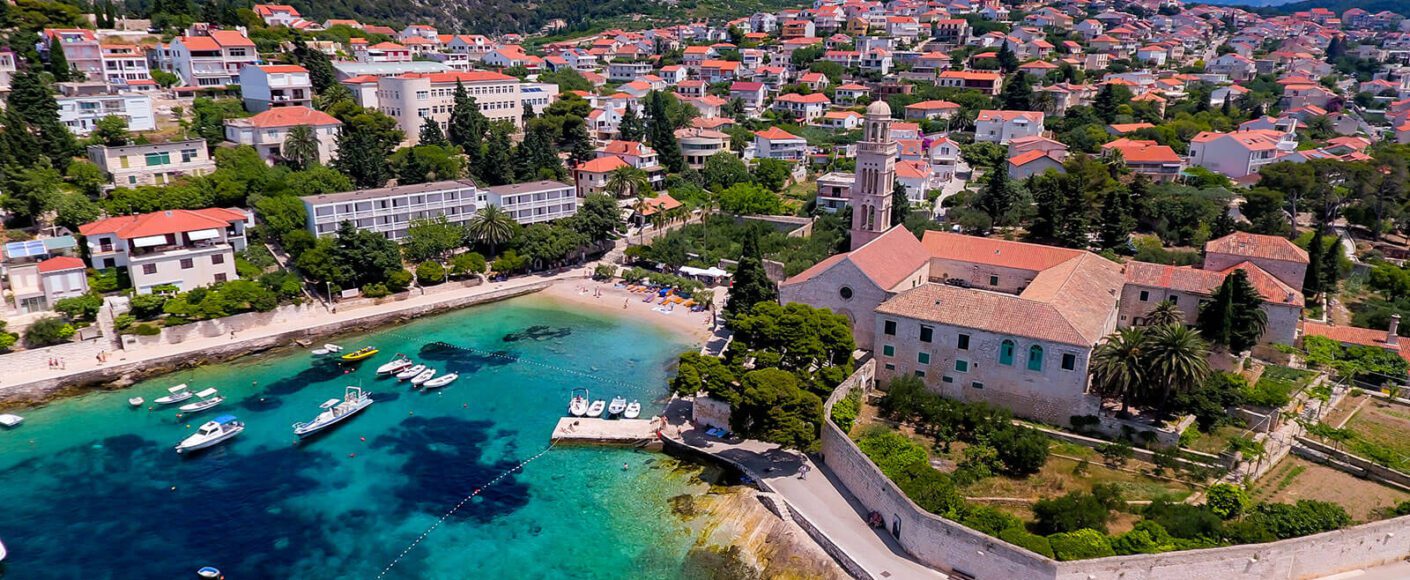Hvar – The jewel of the Croatian coastline

The island of Hvar, is one of the most beautiful and charming places on the Croatian coast.
This mountainous island, 68 kilometers long and 4 to 10.5 kilometers wide, will delight you with its picturesque landscapes, beautiful beaches and rich history.
Size and characteristics of the island
The area of Hvar Island is 297.38 square kilometers, with a population of about 11,500. residents.
Its coastline is an impressive 270.0 kilometers long, which means plenty of places to discover and explore.
Stretching between Brač and Korčula, the Island of Hvar is a place where nature and culture meet in harmony.
The charm of Mediterranean vegetation
Hvar is known not only for its beauty, but also for its specific vegetation.
The Mediterranean vegetation overgrowing the island, like lavender, gives it a unique character.
It is here that lavender is planted en masse, providing one of the island’s main sources of income.
In addition, the island is famous for its production of vine, olives, figs and rosemary.
All this harmony of nature makes Hvar a fascinating place at any time of the year.
Tradition and tourism
Hvar’s history is closely linked to fishing and crop cultivation, but it is tourism that has become a key source of livelihood for residents. The tourism industry has been developing here for more than 140 years, attracting travelers from all over the world. And for good reason – beautiful beaches, picturesque towns like Hvar, Jelsa, Stari Grad, Vrboska and Sućuraj and a unique atmosphere make the island attractive in both summer and winter.
Cultural treasures of Hvar
The island of Hvar is not only a charm of nature, but also a beauty of culture and history. Its cultural landscape has been designated a UNESCO World Heritage Site as the Old Grad Plain. This unique distinction confirms that Hvar is a place worth exploring not only for pleasure, but also for a deeper understanding of its rich past.
Hvar lace – tradition and beauty
One of the island’s unique treasures is Tenerife lace-making.
Nuns from a local Benedictine convent create lace from threads made from agave fibers.
This is an art that has been passed down from generation to generation and has been listed as an Intangible Heritage Site in Europe by UNESCO.
This is a perfect example of how Hvar combines the past with the present, creating a unique identity.




